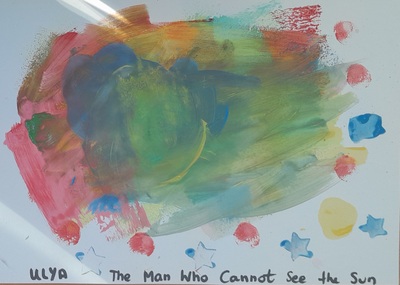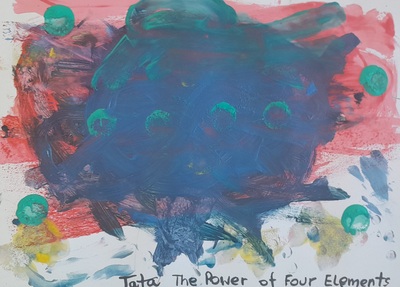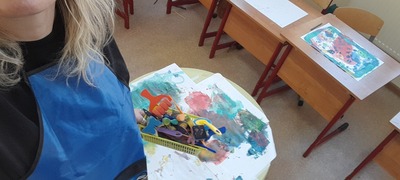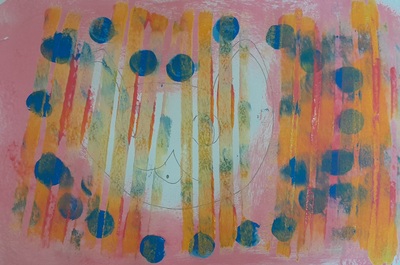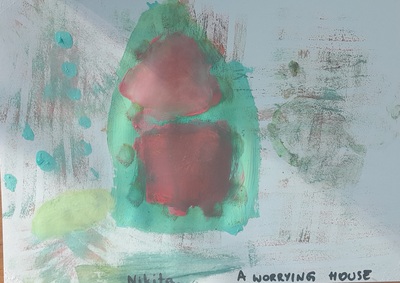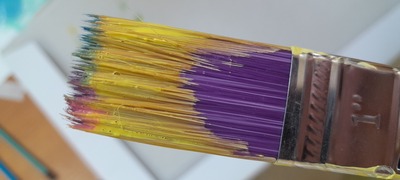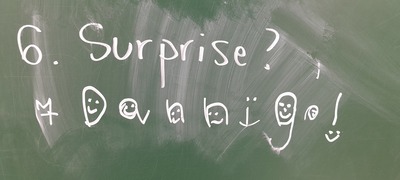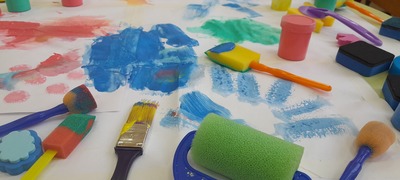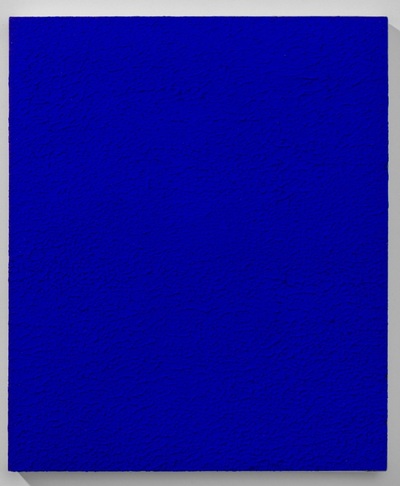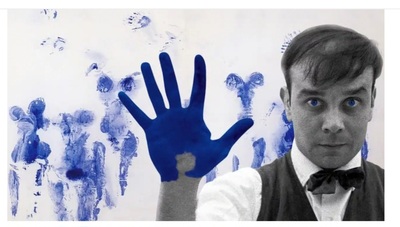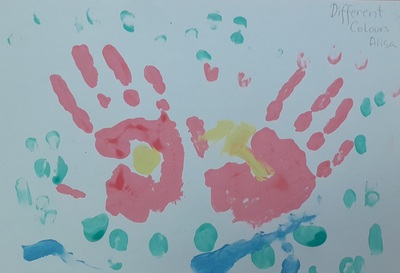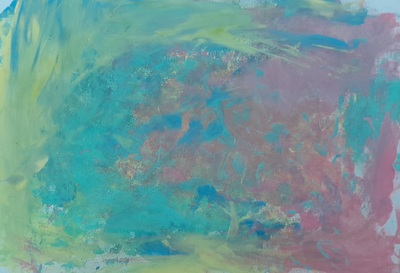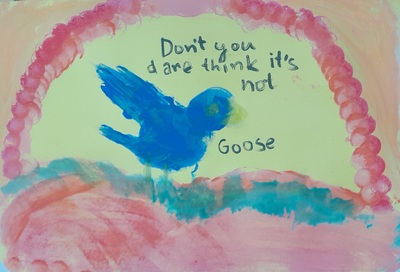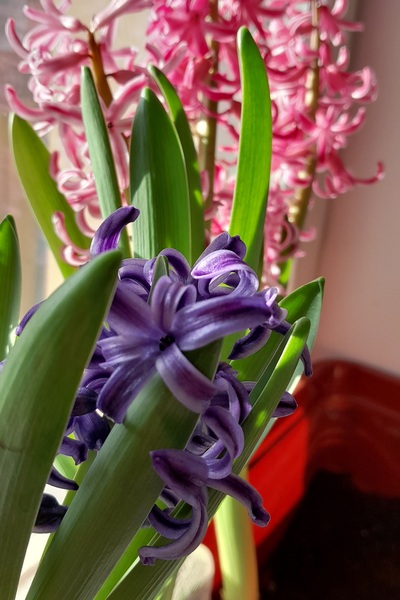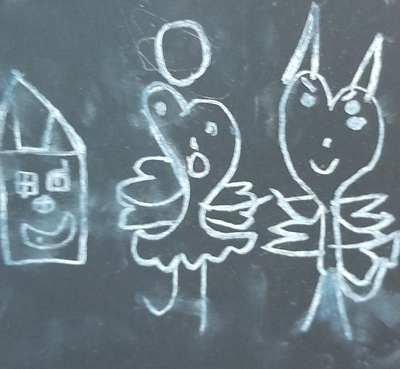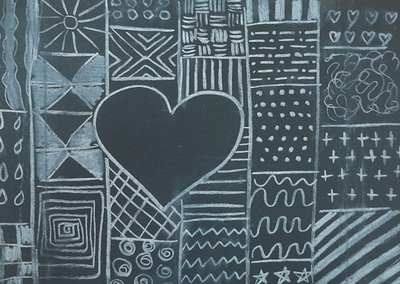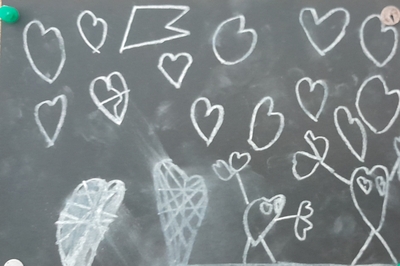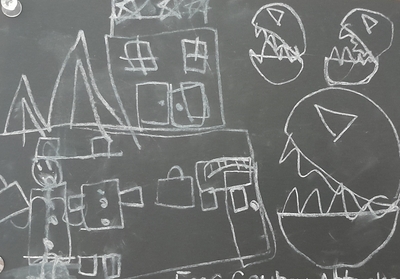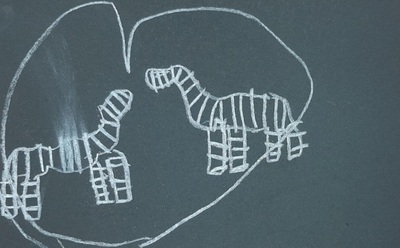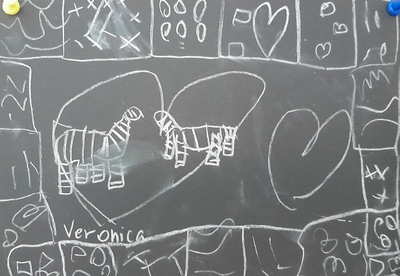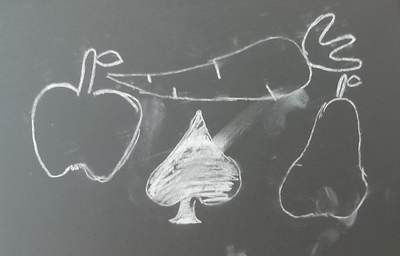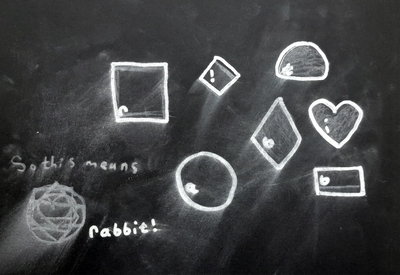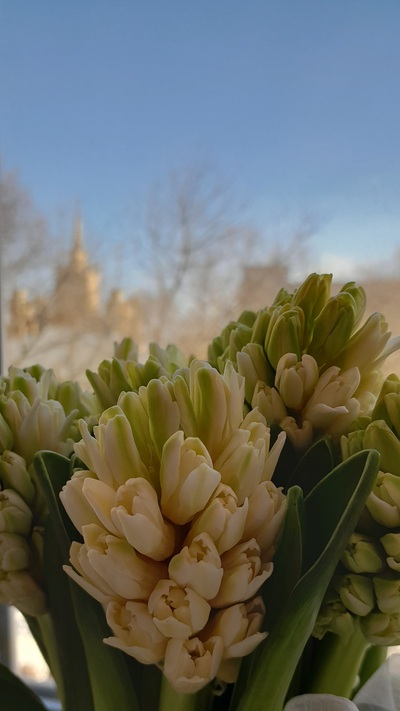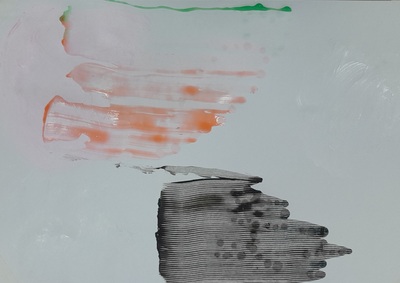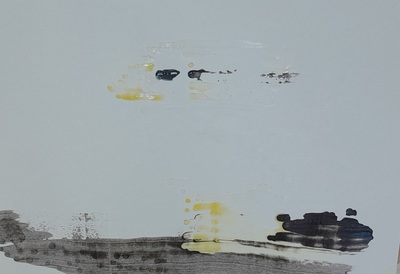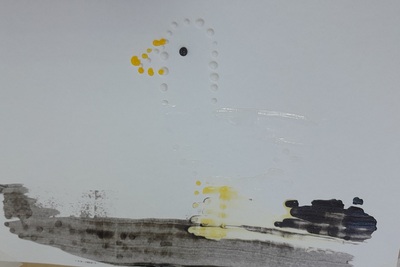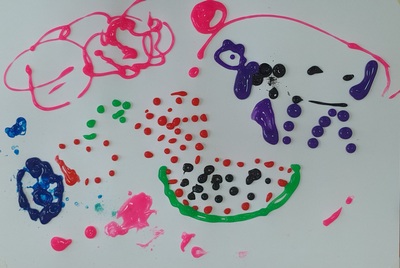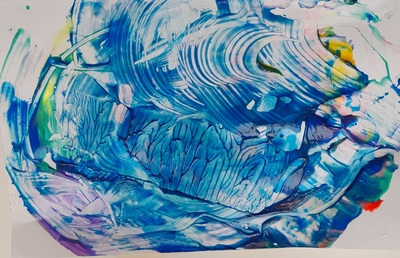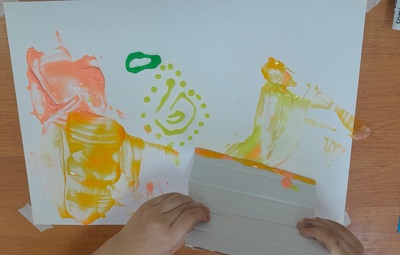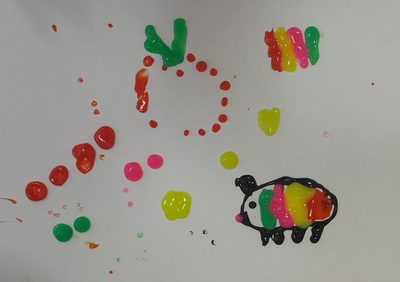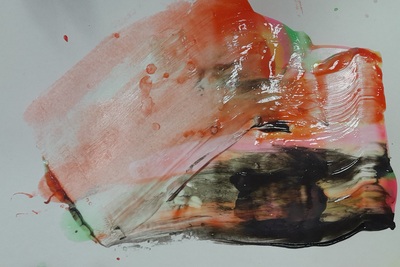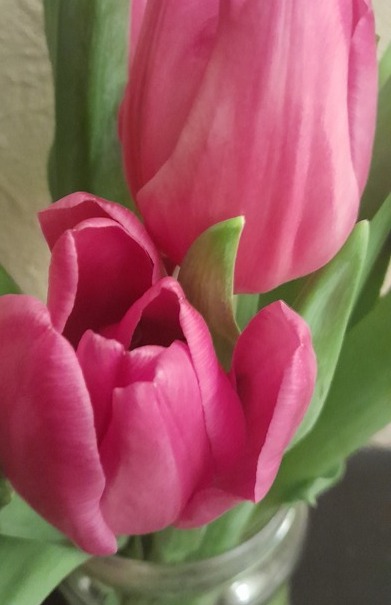It has already happened! A few days ago, in the middle of a lesson, I suddenly realised that we are closer to the end of the game called the academic year and that one is now allowed to rejoice (‘Hurray! Almost there!’) and to panic a tiny little bit (‘Oh, my, do we even have enough time to finish everything?’), too.
The month of February has finished and it is the time to reflect on everything that is going on in the classroom. Please don’t forget to check the previous episodes in the series here.
Starting the lesson
This is the part of the lesson that is always the same: we say hello, we talk about how we are and we introduce the new students aka all the new toys that the kids have brought to school that day. The toys are usually well-behaved and they also want to share how they feel (= more production). After the longer weekends or the term-break we have also added another extension to share what we did. For that we use a few of the past verb forms that we know (I went, I ate, I saw, I liked, I didn’t) and we share our ideas.
The interesting thing is that on some days the kids also asked to repeat this stage of the lesson after the lunch break and it happened twice on rather difficult and emotional days. Somehow, everyone wanted to share how miserable and sad and tired they were. We did and I would like to think that calling out those emotions and validating them helped everyone a tiny little bit.
Songs
We still continue to sing As quiet as a mouse and What do you like to do? but our favourite thing about them is not the songs themselves but our variations and ideas. I absolutely love that they take so much pleasure in being creative and some verses are simply precious (‘I am as hungry as a dragon. Miss Anka, you’d better run away’) and even my not-so-strong and not-so-brave students take part.
I wanted to have a replacement for the January song but because I simply did not find anything interesting and fitting, we just wrote out own songs, with both my groups. We used the melody of Frere Jacques and with the help of the kids, we put the four verses together (‘February (x2). Make snowmen (x2). Spring is coming soon (x2) And holidays! (x2)’) and it quickly turned out that we have more ideas than we could fit in one verse so after singing the first part, we started to come up with more and more. This was easy, especially that the song follows the pattern of call and answer so it was very easy for the kids to lead it, too. We have even recorded a video for the parents.
Oh, I almost forgot, there is also Mr Jack Hartman who helps us practice multiplication tables (and here you can find a recent post on the songs that I use to get the kids to move)
Rules and classroom language
No major changes here and, guess what, walking around the room, is still the biggest vice and challenge and, surprise, surprise, we are still working on getting our 10th star. Two months in and we are still trying.
Story
February was a great month for storytelling. First of all, we had a story in our coursebook, about the Fox, the Mouse and the Rattlesnake. a traditional story. The kids really liked it and we had a great lesson.
We also did Dr Seuss ‘There is wocket in my pocket’ which my kids helped to read. I caught them red-handed a few times later on, as they took my copy off the trolley and went on to read themselves during the break. We also did a great story ‘Impossible‘ by Tracey Corderoy and Tony Neal.I did adapt the story a bit but I loved the message and the fact that the story gave us a chance to practise reacting to different ideas with ‘It’s impossible!’ and ‘Let’s try!’. It is also a great story to practise the words related to the natural world.
Then, there was also Norman, the Slug with no shell by Sue Hendra! I have almost forgotten about him!
February was also the month of the term break and that, for some of our students, meant a week of emotions which we did through storytelling. Here I am sharing some of the ideas from this week.
Socialising
February was a bumpy month. On the one hand, we had a few birthday parties and it was lovely for the kids to celebrate together, to eat together and to socialise. On the other hand, somehow, there have been different issues related to being friends, respecting or not respecting classmates, getting upset about little things, liking and not liking people.
Because of that we had a few ‘conversations’ which I led in the L1 in which everyone took part, shared ideas and we tried to arrive at some conclusions. We have also been doing a lot of pairwork with different partners. Pairing up did not always go smoothly (see the issues above) so that is why I announced that partners in round 1 and 2 are asigned by the teacher and in the final round everyone would be able to work with their best friend. That seemed to help a little bit. We have also done a few activities in which the whole class was cooperating such as a drawing running dictation and even a round of bamboozle which we played with points in a less competitive way, with the whole class collecting the points (and with some of the power-ups switched off). That worked, even with my Sasha who has zero immunity to anything mildly resembling a competition. I was really proud of them.
The other group also managed to play a few rounds of noughts and crosses and it went very well, apart from one minor meltdown which was not quite due to the game itself but due to a mistake that occurred in one of the teams). I was really happy because we managed to practise reading the key vocabulary and I will be able to use the game in the future, too. At least with one of the groups.
Creativity
Looking back, it seems that our February was not very creating, on the whole but we did some things:
- we wrote a lot of songs and this way we produced a lot of langauge,
- every camp lesson and our Art Explorers was pure creation
- we made St Valentine’s Day cards
- in February we had another lesson of running drawing dictation and we created beautiful pictures in our notebooks based on the notes-directions that we found around the school
- our Norman lesson was followed up by a creative activity, making a poster with more ideas for shells for Norman
All in all, however, I am not happy with how little we did to express ourselves. A mental note taken, I (and we!) will be catching up on that in March!
Teacher
My favourite teaching memories from the month of February will definitely include everything related to storytelling. All of these were memorable lessons and I was happy that my students were so involved. A series of the most precious moments, no doubt! I also really liked (and still do) our song creations and that’s because my little students are producing the target language, they are having fun and, they are snowballing while doing that, reaching into their vocabulary like into pockets full of treasures, to pick out some gems. And the songs they make up are funny so we laugh a lot!
Apart from that, although February / March is still too early for such grandiose comments, I can see the progress my kids have made since September. Last week, I prepared an activity, a simple reading and writing task of four pieces and I was planning to do it step-by-step, led and guided by the teacher. That turned out to be completely unnecessary. The kids started and just went on, each at their own pace and order. I was walking around the room, monitoring and trying not to show how touched and proud I was. They were just reading and writing, something that was not possible a month ago. Another beautiful moment in a teacher’s life.
Happy teaching!
